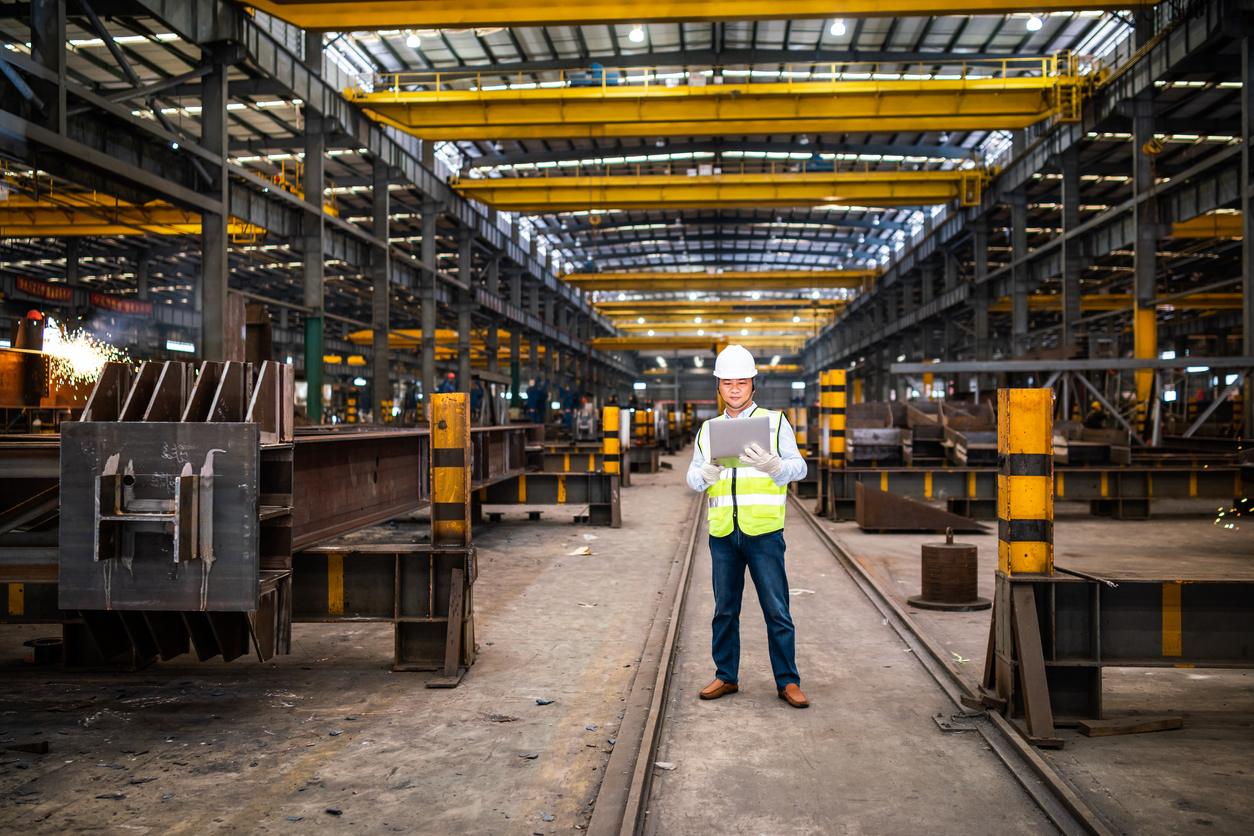Experts warn that companies using nearshoring strategies to strengthen their supply chains may be bringing production problems closer to home.
Importers in the United States who are considering shifting their sourcing from the Asia-Pacific region to Mexico and deeper into Latin America are finding it more difficult to find suppliers with the right raw materials, production quality, and networks for obtaining their own components that have been established in manufacturing hubs such as China and Southeast Asia. Experts estimate that re-creating that capacity and supplier clusters under a nearshoring strategy will take years.
“Unquestionably, China is the single largest market for all kinds of nuts and bolts, everything from basic components to sophisticated components,” said Kamala Raman, a vice president at Gartner Inc. who advises businesses on supply chain networks. “That ecosystem cannot be recreated in any other country on the planet.”
Finding suppliers has been difficult for Boca Raton, Fla.-based Hollander Sleep Products LLC, which is looking into sourcing from Mexico and Central America to “future-proof” its business against supply-chain disruptions, according to James Hill, the company’s senior vice president of global sourcing and supply chain.
Hollander has struggled to find cotton and synthetic fabrics that aren’t prohibitively expensive, especially when compared to fabrics produced on a larger scale in China, Pakistan, and India, where the company has sourced many of its finished goods.
“There isn’t the embedded infrastructure in Latin America to produce that grade of material at a very low cost,” he said. “An important part of the evolution of nearshoring and regional sourcing must be an examination of the inputs and availability of raw materials to support that.”
Supply-chain disruptions caused by the pandemic over the last two years have prompted more Western companies to consider moving production closer to home. The push has gained traction as bottlenecks have caused seaports to be congested, store shelves to be empty, factories to be idled, and billions of dollars of goods to be stuck in overcrowded distribution networks.
Nearshoring, or bringing production closer to consumers and end users, is intended to make supply chains more resilient to such shocks by removing long supply lines that can cause more disruptions and higher costs.
In a recent report, White House economists stated that decades of shifting production to distant countries has rendered many supply chains “complex and fragile, with central nodes that lack agility and have few substitutes.”
However, shifting supply chains that have been in place for many years is a difficult task, especially when the availability and transportation of raw materials and components that go into final assembly must be considered.
“When we talk to companies, it’s still on the agenda,” said Ed Barriball, a partner at the Washington, D.C.-based consulting firm McKinsey & Co. who advises clients on supply chain and logistics operations. However, “the realities of the transition can be bumpy,” he said.
Omar Troncoso, a partner at the consulting firm Kearney in Mexico City, said the firm has seen “an amazing increase in the number of clients trying to nearshore” in the last year, and that Mexico is a popular destination due to its proximity to the United States. Mexico also has an established manufacturing infrastructure and freight transportation networks.
According to a recent Kearney study of American manufacturing executives, while 70% of CEOs have planned, are considering, or expect to relocate manufacturing to Mexico, only 17% have already done so.
Every day, millions of sailors, truck drivers, longshoremen, warehouse workers, and delivery drivers keep mountains of goods moving into stores and homes in order to meet consumers’ growing convenience expectations. However, the complex movement of goods that underpins the global economy is far more vulnerable than many believe. Adele Morgan contributed to this image.
Many companies are discovering that capacity in Mexico is limited and that certain pieces of equipment or components, such as expensive molds for plastic goods, must be imported from China, according to Mr. Troncoso.
“Here, you really have to know people in the industry you’re looking for and get close to the suppliers,” he explained. “Frankly, you have to persuade them that your business is beneficial to them, because they will have to invest.”
Since the Trump administration’s trade war with China, Sirius Archery Products LLC in Burlington, Ky., has been looking for a closer source of high-quality carbon for the arrows it sells, but hasn’t found suppliers it can afford in Mexico, according to Seth Poston, the company’s president.
Instead, the company gets its carbon from Japan, and Mr. Poston claims that higher prices from a seller in the United States would force Sirius to raise the price of arrows by 40%.
“There’s just no option for us there,” he said of Mexico.














